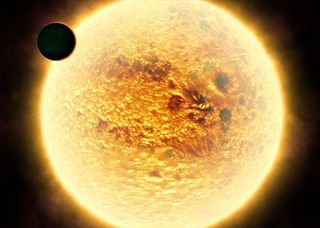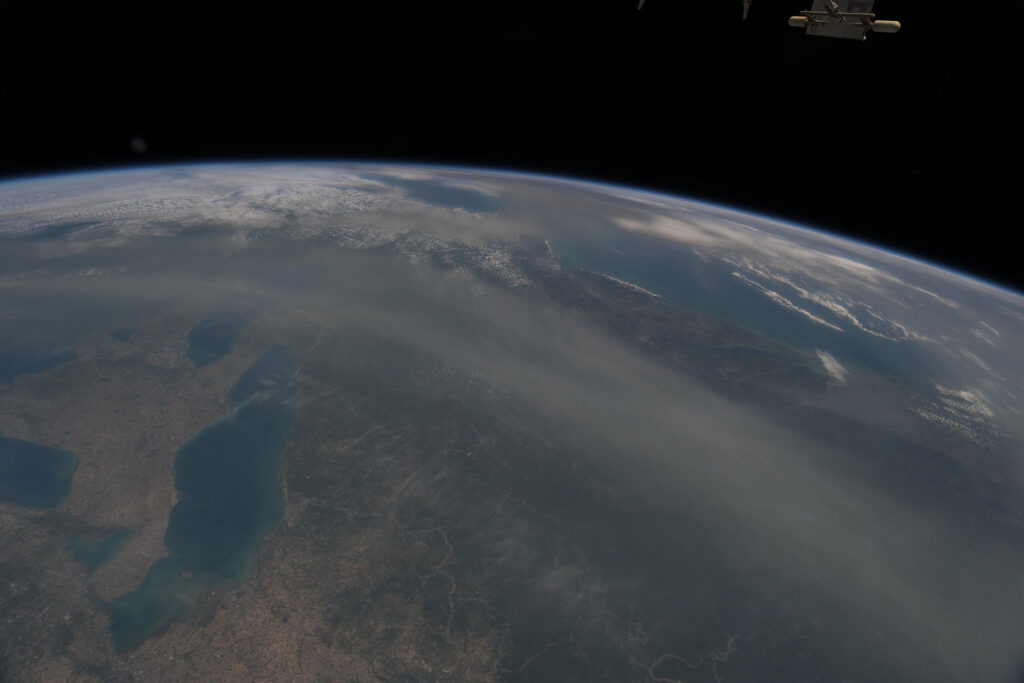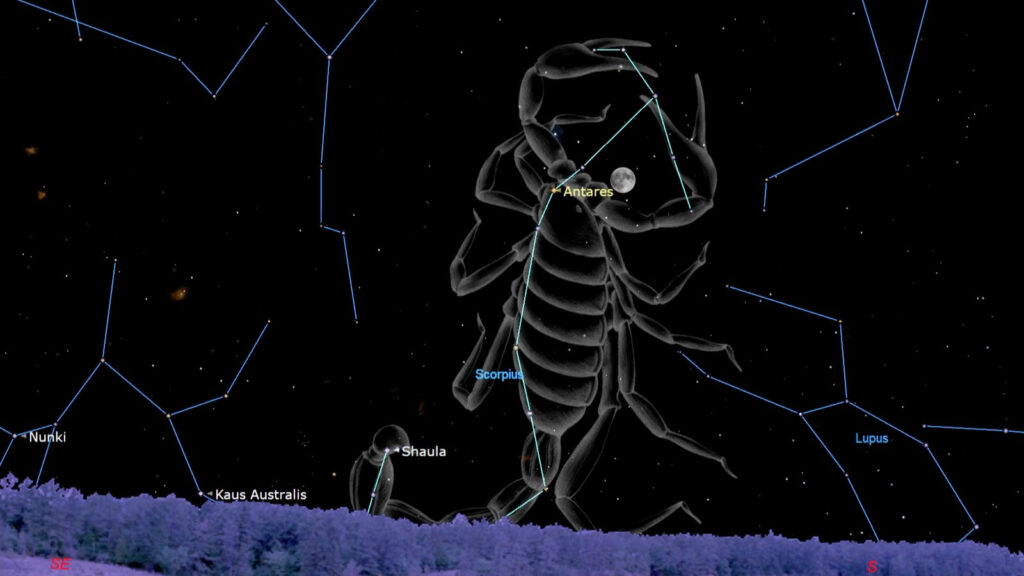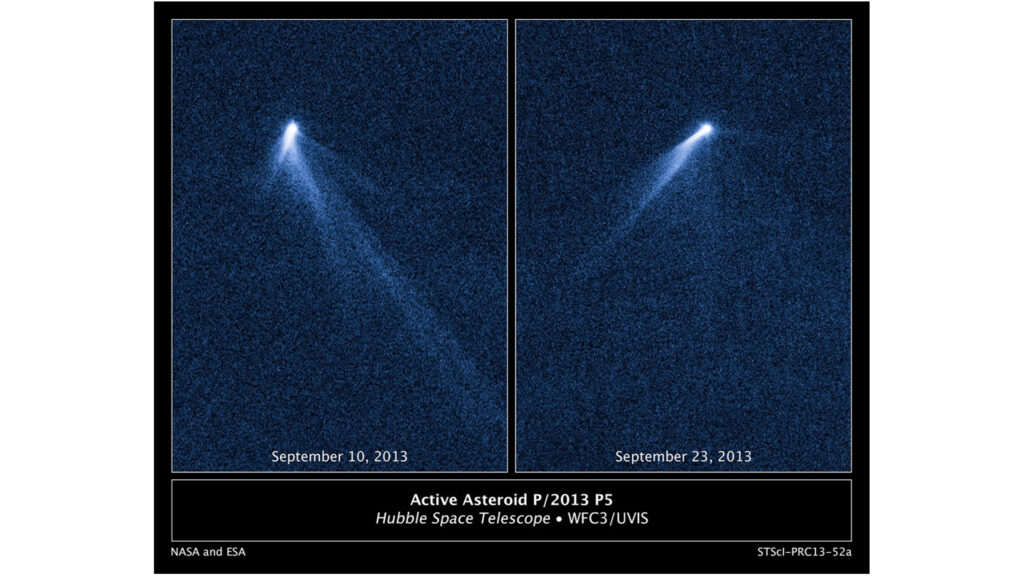Using the James Webb Space Telescope (JWST), astronomers have discovered that one of the closest “hot Jupiter” planets to Earth stinks like rotten eggs. The planet is already infamous for its deadly rains of glass, extreme temperatures, and 5,000 mph (8,046 kph) winds that blow sideways, but this discovery makes this world seem even less friendly.
The eggy JWST conclusion results from the discovery of hydrogen sulfide, a molecule that gives off the stench of rotten eggs, in the atmosphere of this extrasolar planet or “exoplanet.”
This could tell scientists how the atmospheres of giant gas planets can be influenced by the presence of sulfur, which is considered an important element in the formation of planets.
The exoplanet in question is HD 189733 b, a planet that is around 1.13 times the size and mass of Jupiter. The planet, discovered in 2005, is located around 65 light years from Earth in the constellation Vulpecula.
HD 189733 b orbits its star at a distance of around 3 million miles (4.8 million km), or about 3% of the distance between Earth and the sun. Its hot atmosphere and glass-laced clouds give it a deceptive, almost placid, blue-and-white marble appearance.
“Hydrogen sulfide is a major molecule that we didn’t know was there. We predicted it would be, and we know it’s in Jupiter, but we hadn’t really detected it outside the solar system,” team leader Guangwei Fu, an astrophysicist at Johns Hopkins, said in a statement. “We’re not looking for life on this planet because it’s way too hot, but finding hydrogen sulfide is a stepping stone for finding this molecule on other planets and gaining more understanding of how different types of planets form.”
Not only were Fu and colleagues able to detect hydrogen sulfide in the atmosphere of HD 189733 b, but they also measured the planet’s overall sulfur content. Additionally, the team was able to determine the sources of the exoplanet’s oxygen and carbon, finding water, carbon dioxide, and carbon monoxide.
“Sulfur is a vital element for building more complex molecules, and — like carbon, nitrogen, oxygen, and phosphate — scientists need to study it more to fully understand how planets are made and what they’re made of,” Fu continued. “Say we study another 100 hot Jupiters, and they’re all sulfur-enhanced. What does that mean about how they were born and how they form differently compared to our own Jupiter?”
Related: Scientists find a surprise ingredient in exoplanet cake mix — sulfur dioxide
Despite its volatile and stinky nature, the star it orbits, HD 189733, is happy to keep this exoplanet close. HD 189733 b orbits its star so tightly that its orbit would fit in the orbit of Mercury, the solar system’s first planet, around the sun 13 times.
This proximity makes HD 189733 b a “hot Jupiter” planet, a world as large as or larger than the solar system’s most massive planet, that orbits its star much closer than the solar system gas giant is to the sun. HD 189733 b is actually the closest hot Jupiter to Earth that we know crosses, or “transits,” the face of its star.
Not only does this proximity to its star mean that HD 189733 b completes an orbit in just 2.2 Earth days, but it also means that the Jupiter-sized planet has a temperature of around 1,700 degrees Fahrenheit (927 degrees Celcius). That is more than hot enough to melt lead.
HD 189733 b is “tidally locked” to its star. This means one face of the planet, its “dayside,” permanently faces HD 189733 and is bombarded by radiation, while the other side, Its “nightside,” always faces out into space. The heat of the planet’s dayside is enough to vaporize glass, and this world’s 5,000 mph (8,046 kph) winds blow this glass vapor to its cooler night side, where it condenses and forms glass rains. However, thanks to the extreme winds of HD 189733 b, this glass rain doesn’t just fall; it slices sideways at high speeds.
The team found that this smelly and fearsome planet lacks methane. Previously, this molecule had been suspected to be abundant in the atmosphere of HD 189733 b, but this JWST investigation has ruled that out.
“We had been thinking this planet was too hot to have high concentrations of methane, and now we know that it doesn’t,” Fu said.
This planet is definitely extreme, but how “metal” is it?
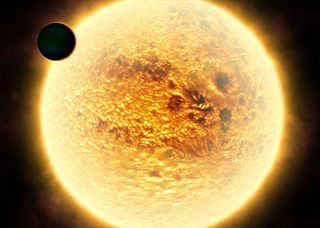
To astronomers, “metals” means any element heavier than hydrogen and helium, the universe’s two lightest elements. One thing this team is really interested in is the levels of metals on planets, which could help them determine how a world’s “metallicity” is correlated to its mass.
In the solar system, the smaller ice giants Neptune and Uranus are richer in metals than the larger gas giants Jupiter and Saturn. This indicates to scientists that the ice giants gathered more ice, rock, and other heavy elements in relation to hydrogen and helium during their formation. Fu and the team are testing if that relationship between mass and metal also holds true for planets outside the system.
“This Jupiter-mass planet is very close to Earth and has been very well studied. Now we have this new measurement to show that indeed the metal concentrations it has provide a very important anchor point to this study of how a planet’s composition varies with its mass and radius,” Fu said. “The findings support our understanding of how planets form through creating more solid material after initial core formation and then are naturally enhanced with heavy metals.”
Related Stories:
The team wants to now track sulfur as it moves through the atmospheres of other exoplanets. This will help them determine how concentrations of this element vary with distance from a parent star.
“We want to know how these kinds of planets got there, and understanding their atmospheric composition will help us answer that question,” Fu concluded.
The team’s research was published on Monday (July 8) in the journal Nature.
